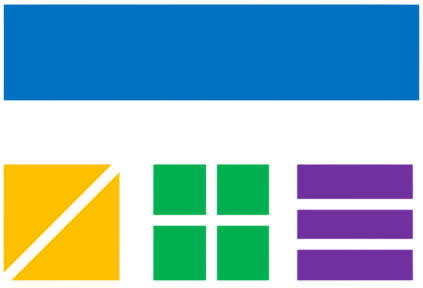Pension Calculator Information
What is a Pension Calculator?
Pension Calculator helps you estimate your pension benefits, monthly payments, and total value based on your salary, years of service, and pension formula. Enter your current salary, years worked, retirement age, and other details to see your projected pension benefits. This tool is ideal for anyone with a defined benefit pension plan planning for retirement.
How Pensions Work
Pensions are retirement benefits provided by employers that pay you a regular income after retirement. The amount depends on your salary, years of service, and the pension formula.
- Pension Formula: The percentage of your salary you receive per year of service (e.g., 2% per year)
- Years of Service: The total number of years you worked for the employer
- Final Average Salary: Your average salary over the last few years of employment
- Cost of Living Adjustment (COLA): Annual increases to keep up with inflation
How Pension Benefits Are Calculated
Pension benefits are typically calculated using a formula that considers your salary and years of service. The basic formula is:
- Final Average Salary = Average salary over last few years
- Years of Service = Total years worked for employer
- Pension Formula Percentage = Percentage per year of service (e.g., 2%)
Example: $75,000 salary, 25 years, 2% formula
Annual Pension: $37,500, Monthly Pension: $3,125
Types of Pension Plans
- Defined Benefit Plans: Traditional pensions that guarantee a specific monthly benefit
- Defined Contribution Plans: 401(k)s and similar plans where you contribute and invest
- Hybrid Plans: Cash balance plans that combine features of both
- Government Pensions: Federal, state, and local government employee pensions
Pension Plan Features
Key Pension Features
Benefits
- Guaranteed monthly income
- Lifetime payments
- Cost of living adjustments
- Survivor benefits
- No investment risk
Considerations
- Vesting requirements
- Early retirement penalties
- Limited portability
- Employer dependency
- Inflation risk
Vesting and Eligibility
- Vesting Period: Time required to earn pension benefits (typically 3-7 years)
- Early Retirement: May be available with reduced benefits
- Normal Retirement Age: Full benefits available (usually 65)
- Survivor Benefits: Spouse may receive benefits after your death
- Disability Benefits: May be available if you become disabled
Frequently Asked Questions (FAQ)
Q: When can I start collecting my pension?
A: This varies by plan, but typically between ages 55-65, depending on your years of service and plan rules.
Q: What happens if I leave my job before retirement?
A: You may be vested after a certain number of years, meaning you keep some pension benefits even if you leave.
Q: Are pension benefits taxable?
A: Yes, pension payments are generally taxable as ordinary income, though some government pensions may be partially tax-free.
Q: Can I take a lump sum instead of monthly payments?
A: Some plans offer this option, but it\'s important to consider the long-term implications and tax consequences.
Q: How do I know if I\'m vested?
A: Check your plan documents or contact your HR department. Most plans require 3-7 years of service to become vested.
Important Disclaimers
Disclaimer: This calculator provides estimates for educational purposes only. Actual pension benefits may vary significantly based on your specific plan terms, employer policies, and current regulations.
Always consult with your HR department, pension administrator, or financial advisor for accurate benefit information. This calculator does not account for all possible plan features, early retirement penalties, or special circumstances.
Pension laws and regulations change over time. Verify all information with your plan administrator before making retirement decisions.
